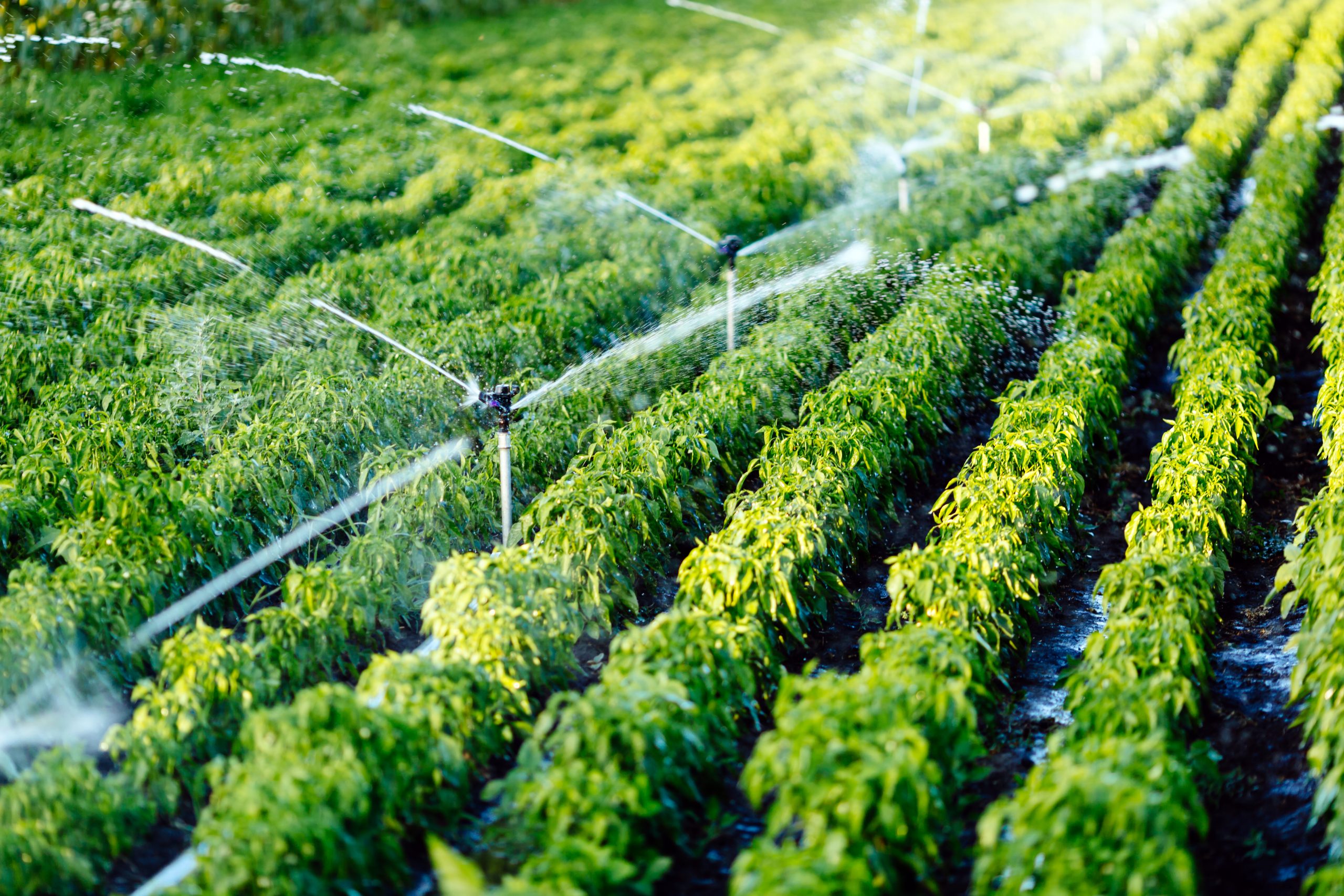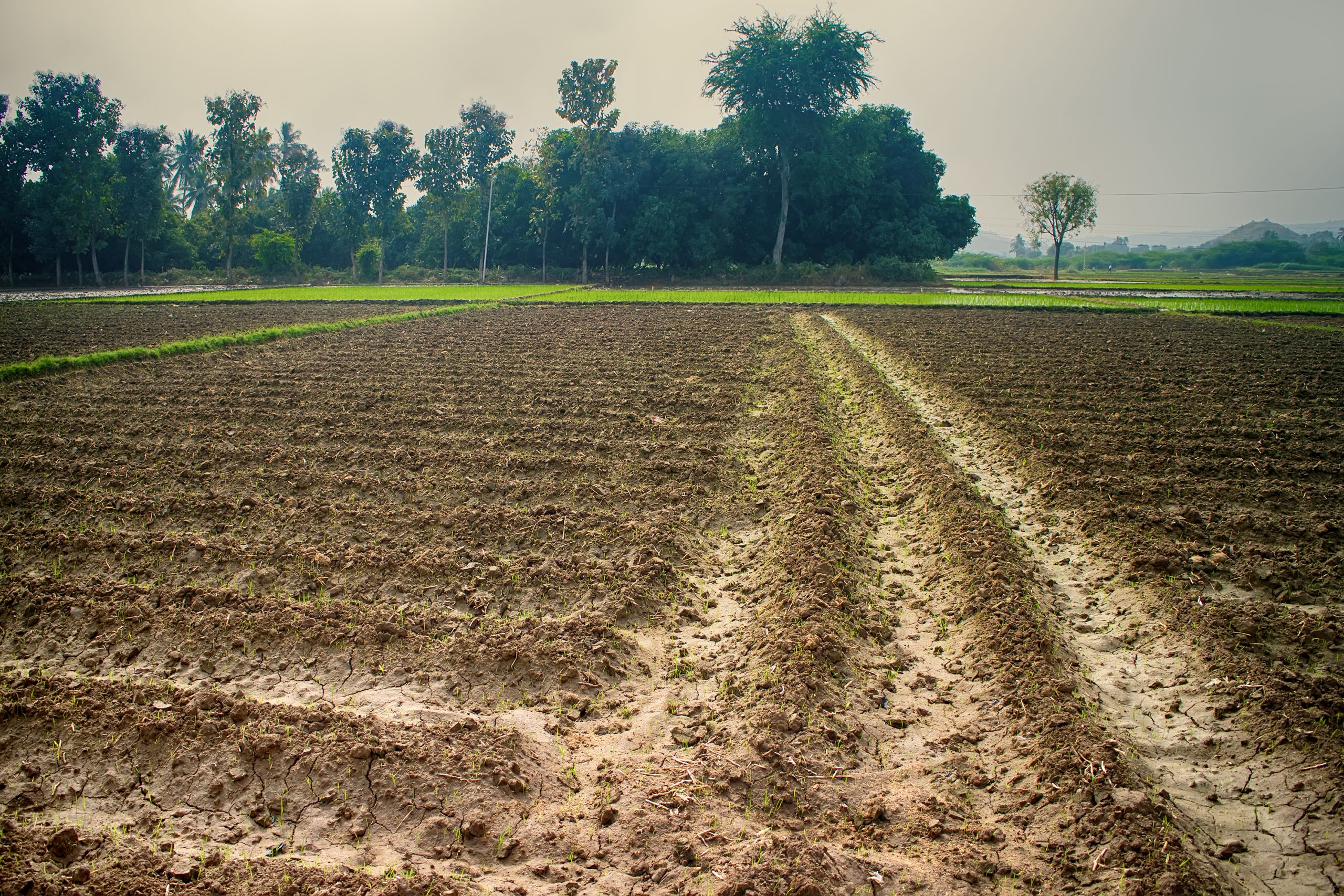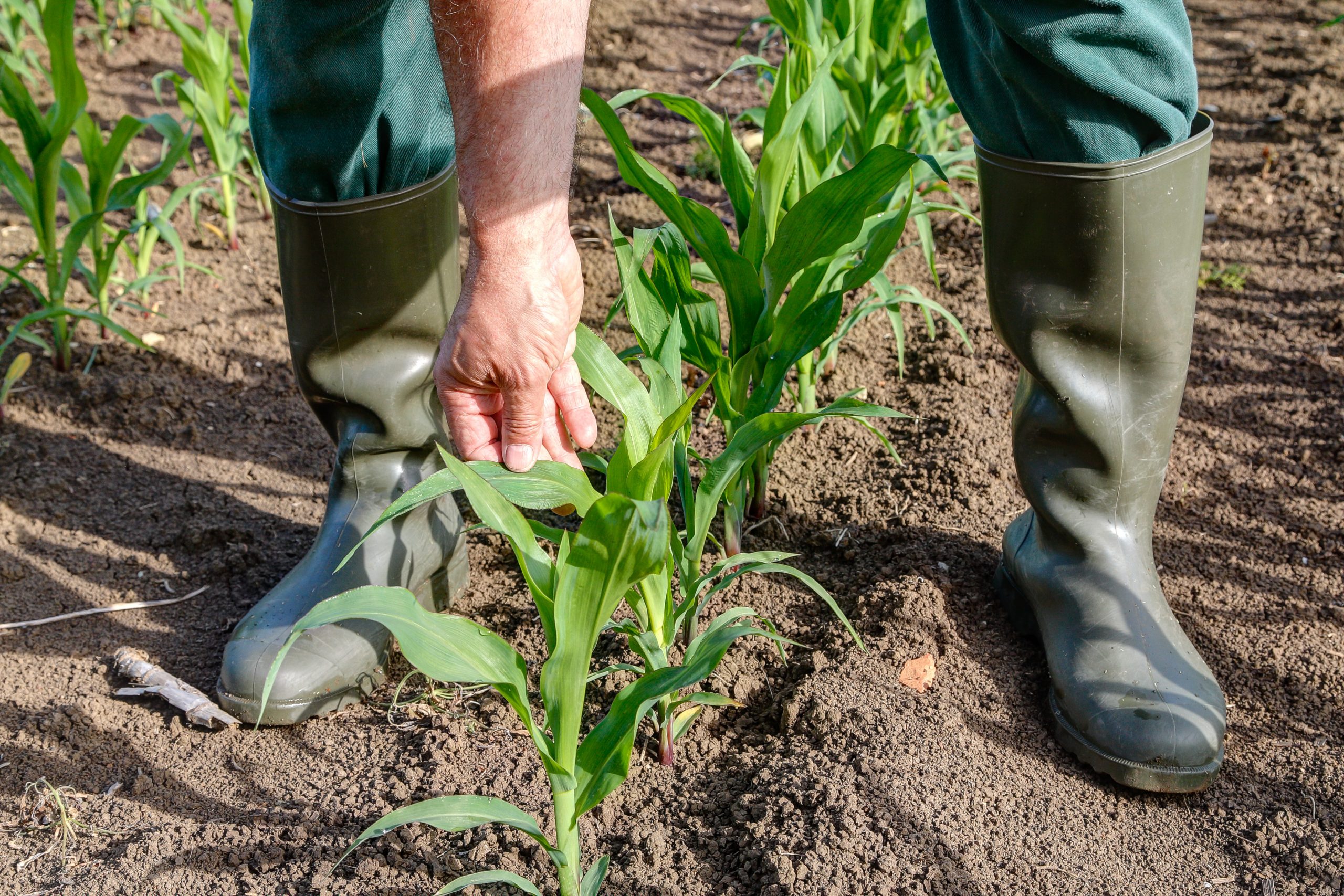Our product
IrriWatch offers data subscriptions based on satellite remote sensing technology. The product that users get is a package that contains field-level parameters, pixel-level maps, and seasonal graphs. This wide set of data supports the grower in their day-to-day operations, but it makes it also possible to monitor fields daily without having to go into the field.
The field maps consist of pixels of 10 x 10 meters. Variety in the field is easily detectable due to these high-resolution maps and therefore, the grower can make the necessary adjustments in their management of the field.
Our data is categorized into four groups with different focuses: irrigation, crop production, soil health, and climate. Irrigation operations are taken care of by our 8-day irrigation planner. Dry matter production pixel maps show the growth across a field. Soil temperature maps provide useful indications to the grower, and leaf nitrogen and net carbon in the soil can be monitored during the season.




